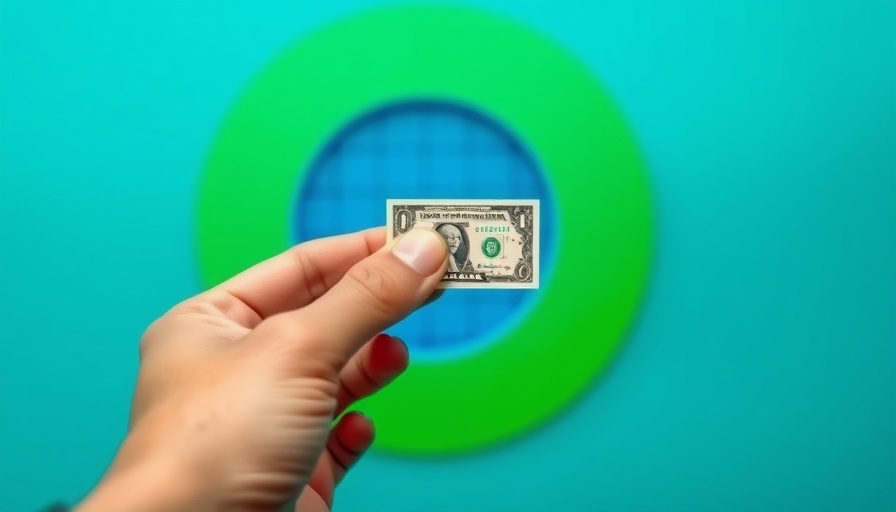
Microloan Apps: A Double-Edged Sword for the Economy
In recent years, microloan applications and buy-now, pay-later (BNPL) services have surged in popularity, offering consumers instant access to credit for everything from trivial purchases to essential goods. The convenience they provide has made them a staple among shoppers in the U.S., giving rise to a burgeoning market estimated to exceed $108 billion by 2024. However, this apparent financial boon raises alarm bells among economists and financial analysts about the potential long-term impacts on consumer debt and the economy.
The Rising Popularity of BNPL Services
BNPL services such as Klarna and Afterpay have transformed the way consumers engage with credit. Unlike traditional credit cards that require lengthy approval processes, these apps allow users to finance purchases instantly at checkout. This ease of access makes them particularly attractive to low-income households that may find themselves cash-strapped. According to a Federal Reserve survey from May, households earning less than $50,000 a year are the primary users of BNPL services, financing not only luxuries but also essentials like groceries. This trend significantly increases household retail spending, with the cumulative effects raising concerns about future debt crises.
Credit Scoring Changes: A Risky Shift
Beginning this fall, Fair Isaac Corporation plans to incorporate BNPL data into its FICO credit scoring model. This marks a pivotal change, as it is the first time specific types of loans will impact credit scores. Previously, many users were oblivious to how their BNPL activity affected their financial health, leading to a dangerous cycle of debt accumulation. With lower credit scores, past borrowers may find themselves further marginalized, facing hurdles in securing future loans, including mortgages or car loans, which could negatively affect the housing and labor markets.
Effects on Consumer Behavior and Sustainable Practices
The popularity of BNPL services can potentially create a dangerous pattern of consumer behavior. As the data indicates, many users report stacking multiple loans simultaneously, increasing late payments by 40%. This trend suggests that financial desperation may drive consumers to seek short-term relief through irresponsible borrowing, further aggravating their fiscal situations. Small business owners, in particular, may find a volatile consumer base, where customers are increasingly reliant on credit for everyday purchases.
Economic Implications of Widespread Debt
The rise of BNPL financing may seem beneficial in the short term, but the long-term economic implications could be significant. Economic experts warn that rising consumer debt and credit score degradation could contribute to a broader financial crisis. Should more borrowers default on their payments, it could lead to tighter credit markets, exacerbating inflation and potentially triggering a systemic crisis affecting not just consumers but small businesses as well. For business owners, a market contingent on risky credit may disrupt consumer spending patterns crucial for their operations.
Future Outlook: Regulation and Financial Responsibility
As the consumer landscape continues to evolve, the lack of regulation surrounding BNPL services highlights pressing concerns. Without adequate safeguards or regulations, small business owners risking exposure to non-reliable consumers could face devastating futures. Future financial literacy initiatives and a push for responsible lending practices could mitigate some of these risks. Additionally, pressures for ethical lending practices may lead to new regulations governing these services, making them safer for consumers and reducing the risk for small businesses.
Concluding Thoughts: An Invitation to Reflect
As microloan apps and BNPL services weave themselves deeper into the fabric of consumer spending, it is imperative for small business owners to remain informed about these developments. The landscape of credit is shifting rapidly, and understanding these trends will be essential in navigating potential risks and opportunities. Additionally, as consumers become more dependent on these financial tools, it becomes even more critical for businesses to foster a culture of financial responsibility. Take action and educate yourself about the implications of microloan apps for your business today.
 Add Row
Add Row  Add
Add 




Write A Comment